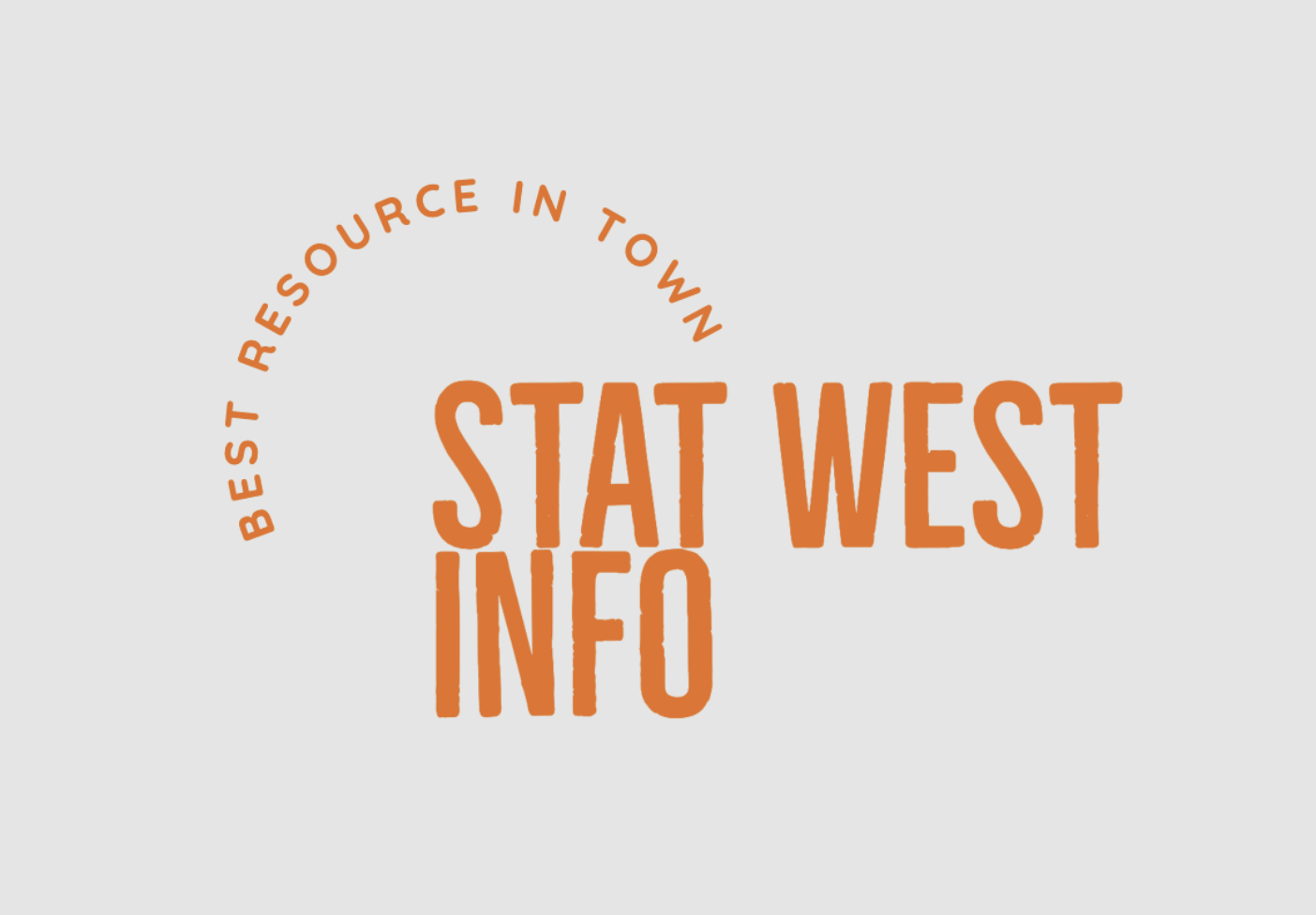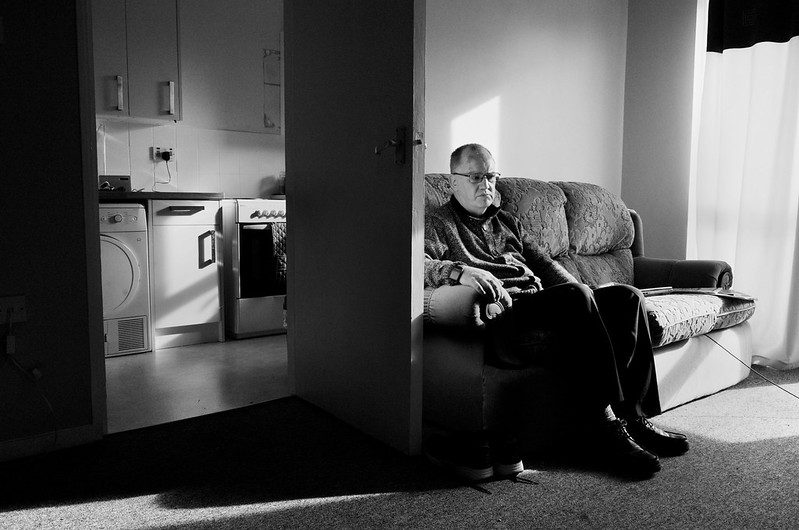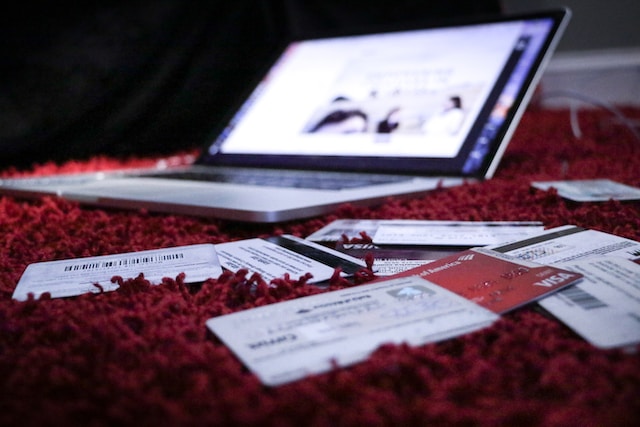If you or someone you know has a seizure, keep a record and bring it to your doctor’s appointment. Also, try to avoid drinking alcohol and staying up too late. A prompt diagnosis of epilepsy syndrome can double the likelihood of achieving one year of remission.
Seizures
Seizures are sudden jerking movements of the body that can cause people to pass out. They can affect the activity of one part of the brain or all of it. They can also affect the senses and feelings. Calling a healthcare provider if someone has their first seizure is important. The healthcare provider for epilepsy management Austin TX can examine them and help figure out what kind of seizures they have. They will also find out what may have caused the seizures. If the person has a tonic-clonic seizure, they should not be left alone during the seizure. Get someone to stay with them until the seizure is over. Do not try to stop the seizures or force the person’s tongue out of their mouth, which can damage the teeth and block the airway.
Medication
People with epilepsy have a 70 percent chance of becoming seizure-free by taking anti-seizure medications. However, the medicines can’t cure epilepsy, and some cause side effects. Some of the most common are changes in how you taste, smell, feel a tingling sensation and vision disturbances. Other symptoms include a short loss of consciousness, jerking movements, or a blank stare. Some people also have an aura, which is a feeling that warns them that a seizure is coming. It can be a sense of deja vu, odd smells, a tingling sensation or flashing lights. People who are pregnant or breastfeeding and people of childbearing age need to be aware that the medication they take can affect pregnancy or make it harder for them to get oral contraceptives.
Surgery
Brain surgery may be an option if medication is insufficient to control your seizures. It is a complex procedure performed by a specialized team. It can be life-changing for those who undergo it, but the side effects of surgery often differ from those of AEDs and may include memory, mood or vision problems. Each hemisphere (or half) of the brain has four lobes. When one lobe of the brain is the source of debilitating seizures, surgeons can perform a lobectomy — removal of that area of the brain — to decrease the seizures, provided they can demonstrate that no vital functions are involved in that region. Another form of surgery is disconnecting fiber bundles that connect parts of the brain by cutting and dividing them. It is called corpus callosum disconnection. Patients with severe, incapacitating, generalized seizures or falling-type epilepsy may benefit from it, which starts on one side of the brain and extends to the other.
Diet
Most people with epilepsy can control seizures with anti-seizure medications, but a healthy diet can help. Diets that restrict carbohydrates and change how the body uses energy can prevent or reduce seizures in some adults. The most common diets include the ketogenic diet and the modified Atkins diet. Both are high-fat, low-carbohydrate, controlled-protein plans. These diets encourage the body to use fat for fuel and produce a chemical called decanoic acid, which has been shown in studies to reduce seizure activity. Carbohydrates are a critical part of a balanced diet, as they provide energy and supply fiber and health-promoting vitamins and minerals. They should be eaten in moderate amounts. Protein is another essential macronutrient that provides energy and helps your immune system fight infection.
Lifestyle Changes
Many people with epilepsy lead active lives, especially if they maintain close adherence to their medications and follow a sensible diet. Some even do well enough not to have seizures at all. Keeping a seizure diary can help recognize triggers, such as insufficient sleep, stress, increased menstrual hormonal changes or certain foods like caffeine. However, it is important to keep activities open to the point that people miss out on fun and socializing. Lifestyle changes also lessen the chance of suffering harm from falling or being struck by an object during a seizure, like a car or furniture. Other precautions include wearing a medical alert bracelet, ensuring a safe sleeping environment and clearing away dangerous things. It is also recommended to wear a seatbelt when driving.




